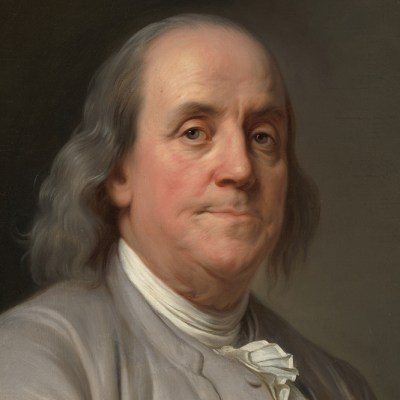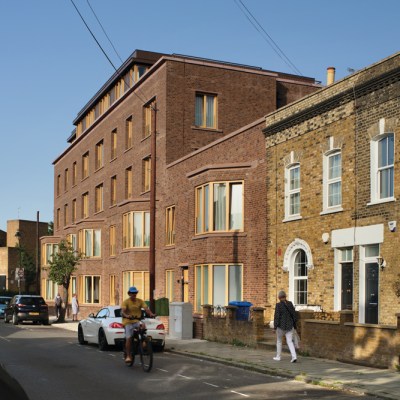Some artists’ stories are entwined with hospitals and healthcare institutions – Andy Warhol getting shot, Vincent van Gogh checking in to an asylum – and there’s a rich school of medical painting: Rembrandt’s Anatomy Lesson of Dr Deijman (1656) for starters. But the true beauty of a hospital has somewhat eluded the attention of artists. These buildings, in which countless life and death stories play out every day, have been left largely to the narrative arts. Chekhov, as a doctor, knew exactly how knowledge of medicine could bring piercing insights to a short story. But where this attitude really came into its own was on television, through long-form dramas such as Chicago Hope (1994–2000) and St. Elsewhere (1982–88).
News reached Rakewell this week that a real hospital group in New York is opening its own production studio. Could this be a new dawn in the world of hospital dramas with unprecedented levels of verisimilitude?
Reader, do not, as Meredith Grey did, hold your breath. Aficionados of hospital dramas will know that they started in America in 1951 with City Hospital – this is a genre with deeper roots than Pop art. The story of hospital dramas is inevitably the story of network TV. What made the genre so fruitful was that new people are always coming through the emergency room doors – a constant source of new stories for a medium that relies on them.
Of course, connoisseurs know that the real magic started in 1994 with ER. From the first moment a gurney crashed through the doors of Cook County Hospital and ruptured the beautifully staged chaos of the lives of Drs Green and Ross, it felt as though hospitals were as much an adrenaline rush as a serious matter. Michael Crichton and Steven Spielberg, the show’s co-creators, realised that rapid editing and quick-fire storytelling would change the way viewers experienced this Chicago hospital’s story. In the new millennium, Grey’s Anatomy, which began in 2005 and is now on its 430th episode, showed that hospitals could be crucibles of melodramatic feelings. (It also misleads viewers into believing that all medical staff are divinely beautiful.) The intensity of such shows is compelling to many.
So what of this new production studio from Northwell Health, New York’s largest healthcare provider? Alas, it may have limitations. As Ramon Soto, the chief marketing officer for Northwell, says: ‘We’re about a 30-year-old brand, so we wanted to look at really different ways to engage with consumers and take the healthcare journey with them.’ Sadly, this is just a brand extension, and brand extensions don’t always turn out too well. Case in point: in 2020, Netflix and Northwell produced a documentary about Northwell’s Lenox Hill Hospital on the Upper East Side. It took 40 minutes before Rakewell even got to see the inside of a human body. There were no artful shots of corridors filled with gurneys and surgeons, no plot developments in a storage cupboard or trysts in an on-call room. There was just a tight focus on a few ill people having their lives changed on camera – sometimes for the better, sometimes not. Inter-staff competition was reduced to ensuring that the hospital becomes ‘the best it can be’. This is not the stuff of life. This is just the evolution of brand-speak taking over every aspect of it, including the intricacies of medicine. It turns out, not for the first time, that art is a great deal more compelling than life.




